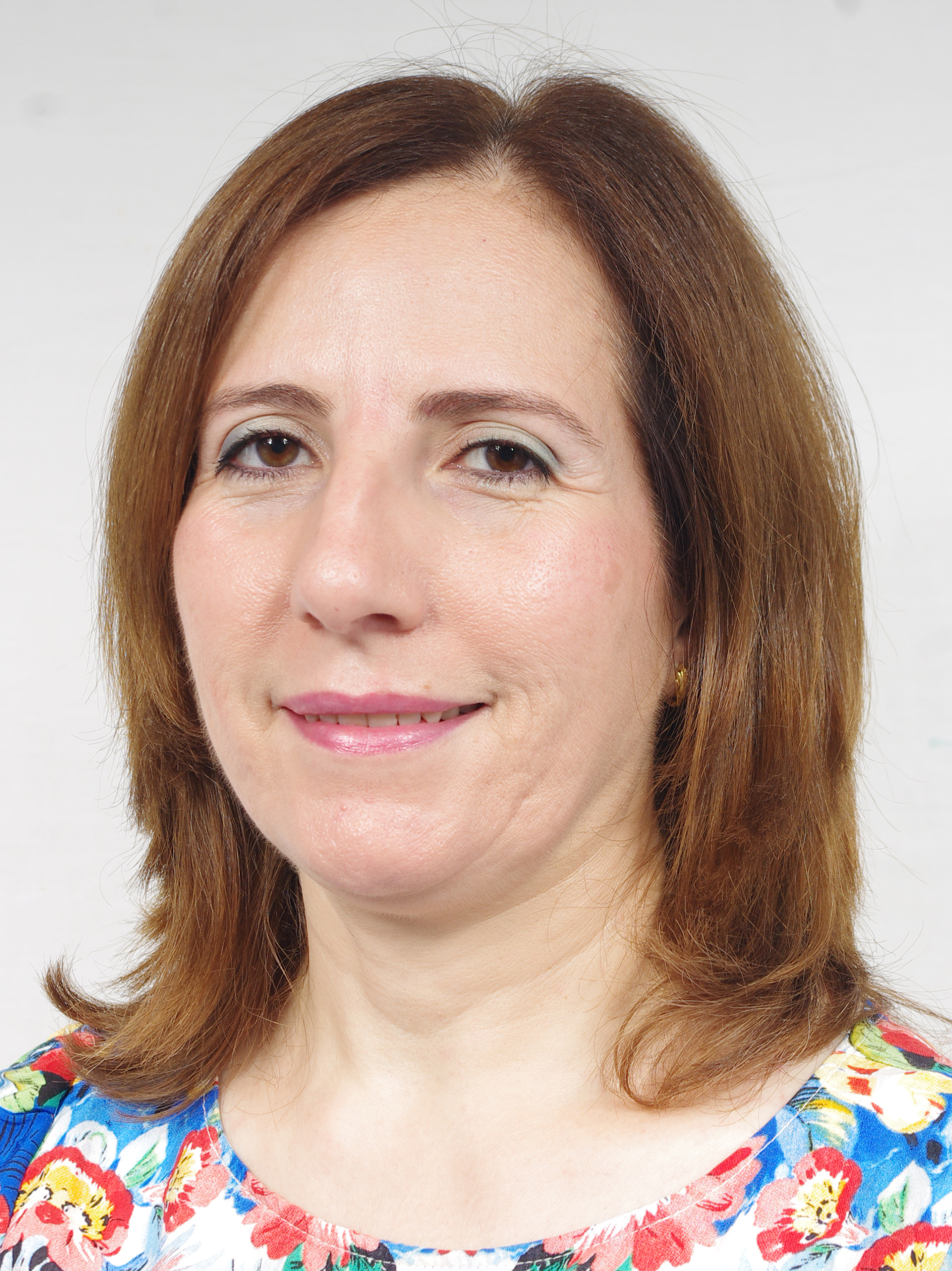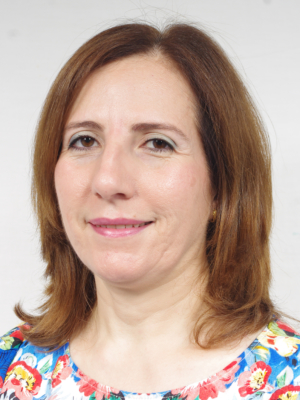Questions for Ghaniah Bessah, Deputy Director of National Parks and Plant Communities at the Directorate General of Forests (Algeria)
 Tell us about your career and your role in wetlands conservation at the Algerian Directorate General of Forests and as a Ramsar National Focal Point?
Tell us about your career and your role in wetlands conservation at the Algerian Directorate General of Forests and as a Ramsar National Focal Point?
I am an ecology engineer with an advanced degree in forestry. I was hired by the DGF in 1996, and I joined the wildlife protection Directorate in 2004 as the head of protected areas, before being promoted in December 2007 to the position of Sub-Director of Protected Areas and natural plant life, and designated as the Ramsar Focal Point.
In terms of wetlands conservation, in the framework of the implementation of the Ramsar Convention by Algeria, our main achievements include:
- 50 wetlands were designated as Ramsar sites between 2002 and 2009;
- Numerous Management Plans created: 7 Ramsar sites now have a Management Plan that is being implemented, 19 are being prepared, and 22 others are projected for 2019;
- A national network of birdwatchers was created in 2011, and is now operational;
- A national multi-sector wetlands committee has been set up to monitor the development of the national wetlands strategy, and implemented it once it has been finalised;
- An environmental education and awareness-raising centre was set up near the wetlands, for a major awareness-raising programme targeting children;
- The legal framework has been strengthened, notably by the promulgation in 2011 of the law on Protected Areas within the framework of sustainable development legislation, in the aim of designating Ramsar Sites as protected areas.
I also participated in various international meetings, such as the international expo on water and sustainable development in Saragossa in 2008, where the Algeria Pavilion displayed a model of the Foggara system to illustrate sustainable water management, the 10th meeting of the Conference of Contracting Parties to the Convention on Wetlands in Changwon (South Korea) in 2008, which enabled us to finalise a request to have two Ramsar Sites removed from the Montreux Record, as well as the 11th meeting of Contracting Parties to the Ramsar Convention in Bucharest in 2012, where I contributed to the organisation of an event organised by North African countries (Algeria, Tunisia, and Morocco) on the theme of “Wetlands as links between North African countries.”
What is the current condition of Mediterranean coastal wetlands in Algeria? How have they evolved in recent decades, and what are the principal threats they face today?
Nearly all of the Algerian wetlands on the Ramsar List are in a satisfactory state in terms of their ecological balance. However, the concentration of people close to some of them has led to their overexploitation with excessive water abstraction, the abusive exploitation of their fish resources, and pollution due to waste water discharge and the accumulation of solid waste.
In addition, the climatic conditions, which have been marked by droughts particularly in the sites located in arid and semi-arid areas, have accelerated these degradations.
This is why wetlands management occupies a central place in the rural renewal policies, which are based on the involvement of local communities in the implementation of integrated rural development projects concerning agricultural activities, habitat, and basic infrastructure. These projects aim to lessen the pressure on these fragile areas by improving living conditions and the income of the people who live nearby, and in the long term, achieve the wise and sustainable use of wetland habitats.
What role has Algeria played in the European Space Agency’s GlobWetland II (GW II) project since its launch, in terms of policy and methodology?
Since Algeria’s adhesion to the GW II project in 2009, the DGF has been involved in developing this project by providing technical advice, and by funding the organisation of workshops.
Together with the Keyobs research consultancy, we have contributed to defining the nomenclature by working on the land cover maps of several sites, combined with field trips, and validation in Rabat in December 2011.
In addition, two GIS / remote sensing training sessions were organised in May 2012, to teach the managers how to use the GW II tool.
A results presentation meeting was organised in June, 2012 in Algiers with DGF officials present, and the installation of the GlobWetland II system. The DGF officials praised this application, and observed that this project was completely in line with the current policy in the sector, and could be used to effectively interpret the indicators set up.
Finally, in September 2013, we participated in a workshop in which the project was assessed (in Jena, Germany).
Has specific training been developed for the project on how to start using this software by those in charge of the management of wetlands in Algeria? What are the current limitations on using this software for those working at the DGF?
The GW II software application has enabled us to create maps (land cover maps and trends in flooded areas) and indicators (change in the surface area of wetlands and threats they face) for 37 Algerian wetlands.
In this framework, five training sessions on how to use the GW II software have been organised by the DGF for 16 executive managers of these sites, three of whom were trained by the Belgian research consultancy Keyobs and the MWO. Today, those who have attended training sessions are requesting additional training so they can use the software more effectively, because the previous sessions were not long enough to be able to gain complete knowledge of how to best use this tool.
Has the GlobWetland II project enabled you to acquire pertinent information on the status and trends of Mediterranean coastal wetlands?
It still seems to be premature to consider that GW II is a good tool for helping to make decisions, because the staff involved in the project is still learning how to use it effectively. Nevertheless, this software is already being used to update Ramsar maps and profiles of Algerian wetlands.
In concrete terms, how will the conclusions of the MWO report be useful to you to improve the conservation and management of Algerian coastal wetlands in the long term?
The wetlands in Algeria are above all a reservoir of water that is indispensable in a country with a relatively dry climate, and which is confronted by more or less intense periods of drought.
They are also essential stopover places for intercontinental migratory birds, and nationally are ecological and biological corridors. 48% of the 50 Ramsar sites host vulnerable species, and are important refuges for plant and wildlife communities in the Mediterranean Region. That is a major argument in favour of stepping up efforts to conserve these habitats.
Consequently, conservation that takes into consideration wetland typology is indispensable for maintaining their economic role and biological diversity, both nationally and regionally. That is precisely the interest of the MWO study, which enlightens us on the trends in these environments and the importance of certain monitoring indicators (such as land cover and the status of biodiversity).
